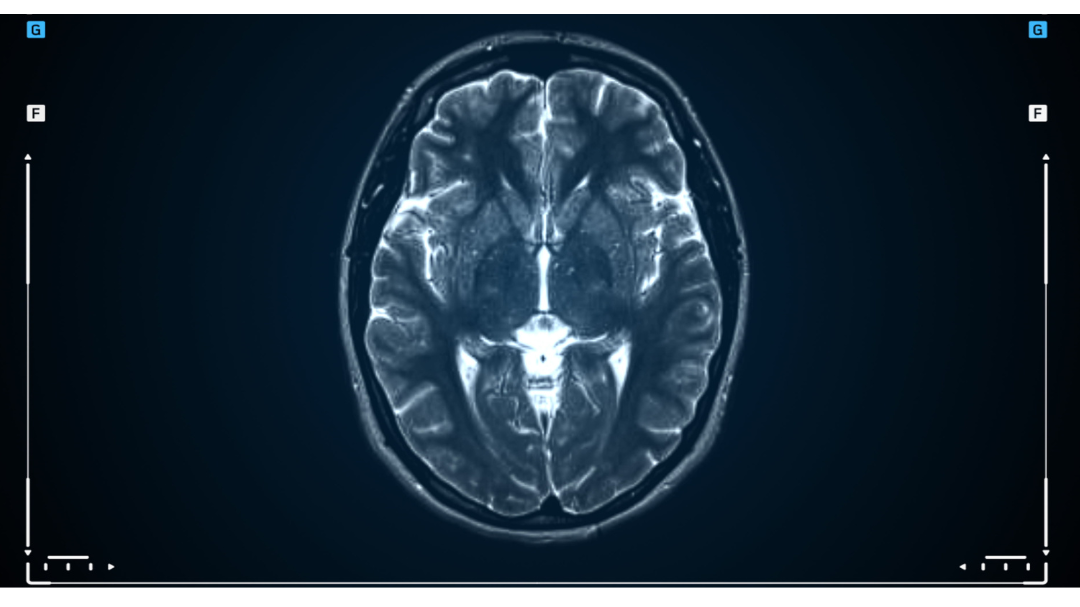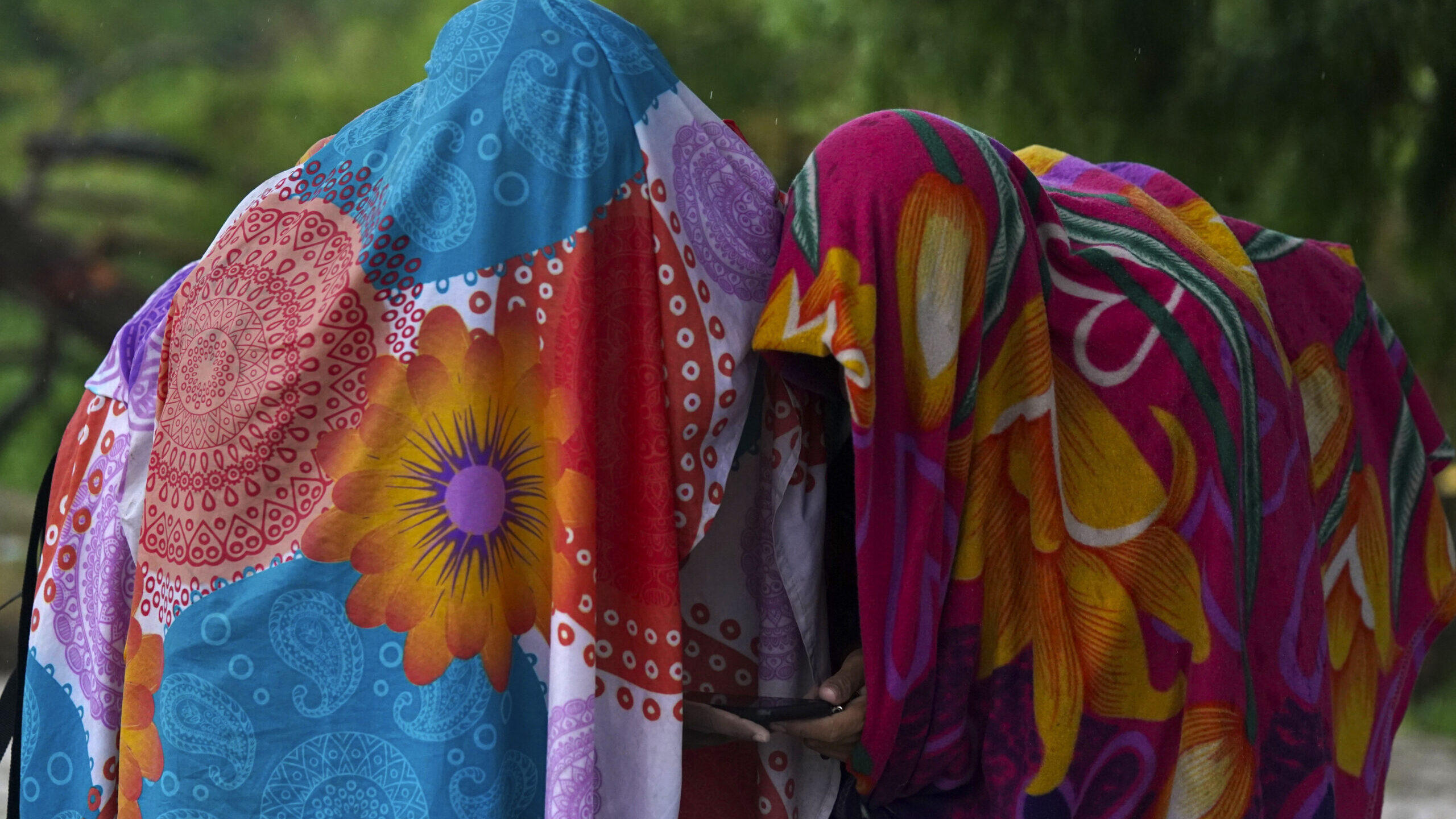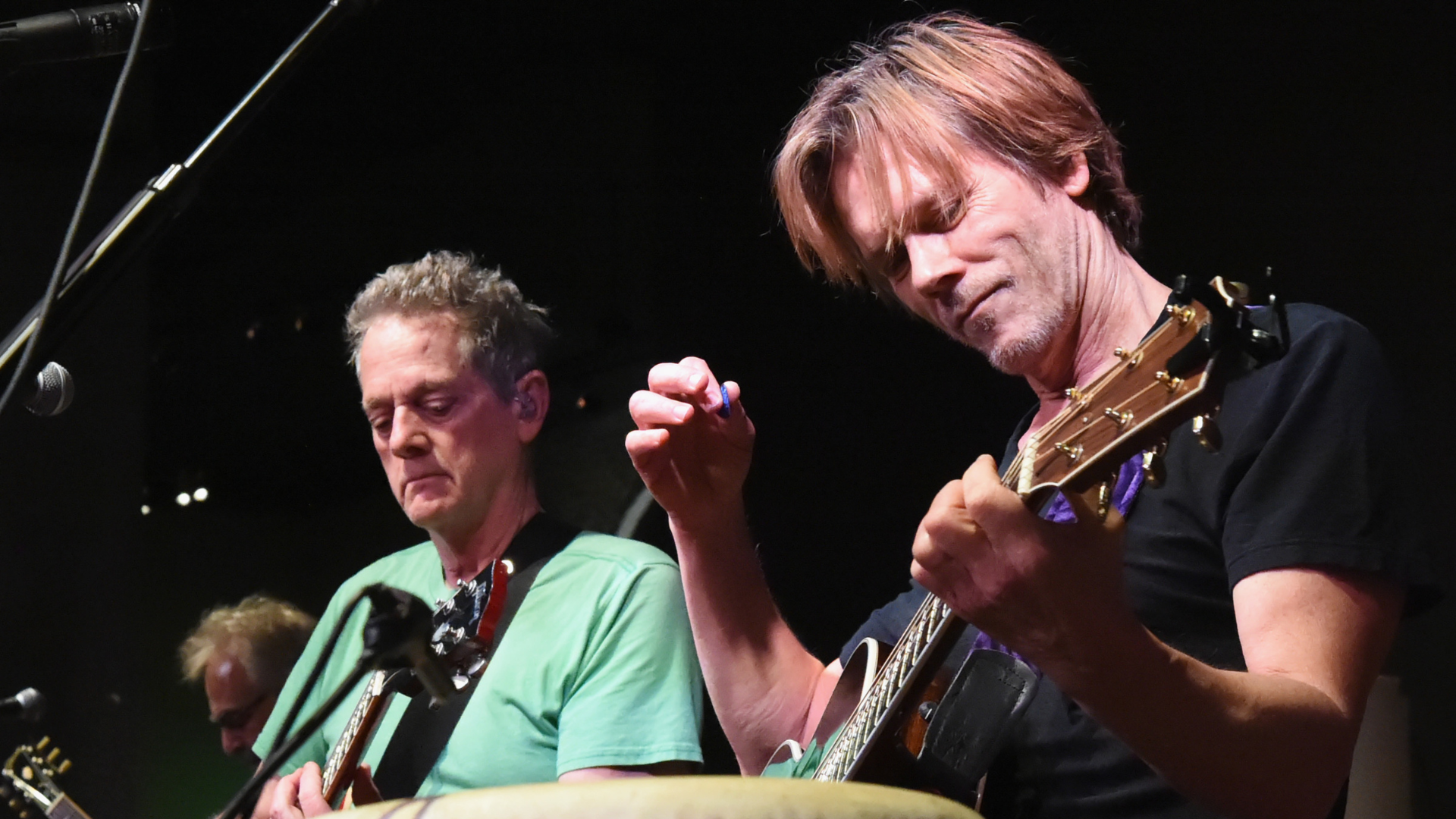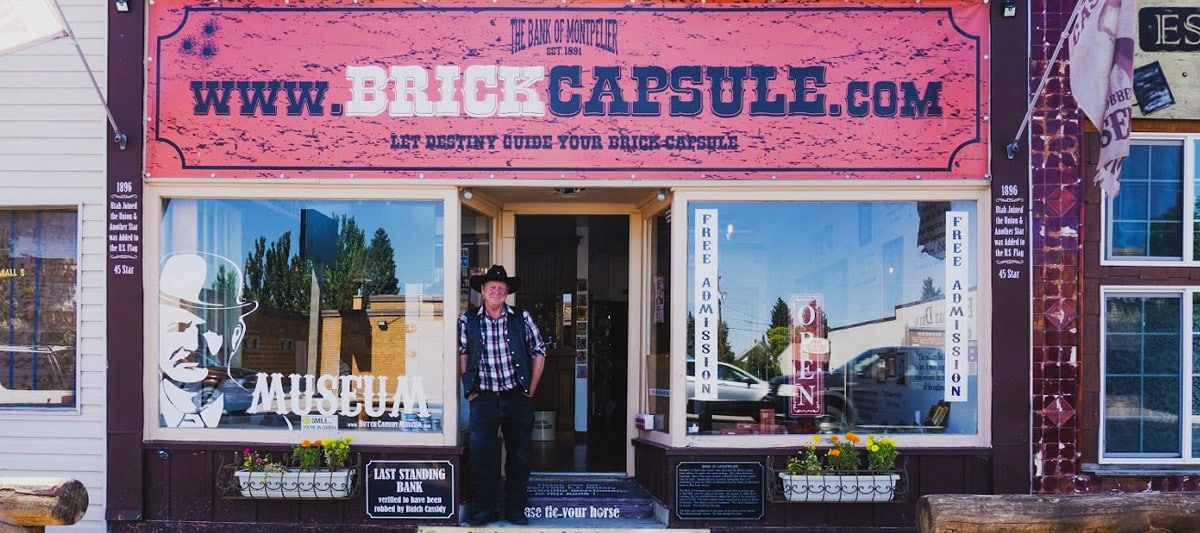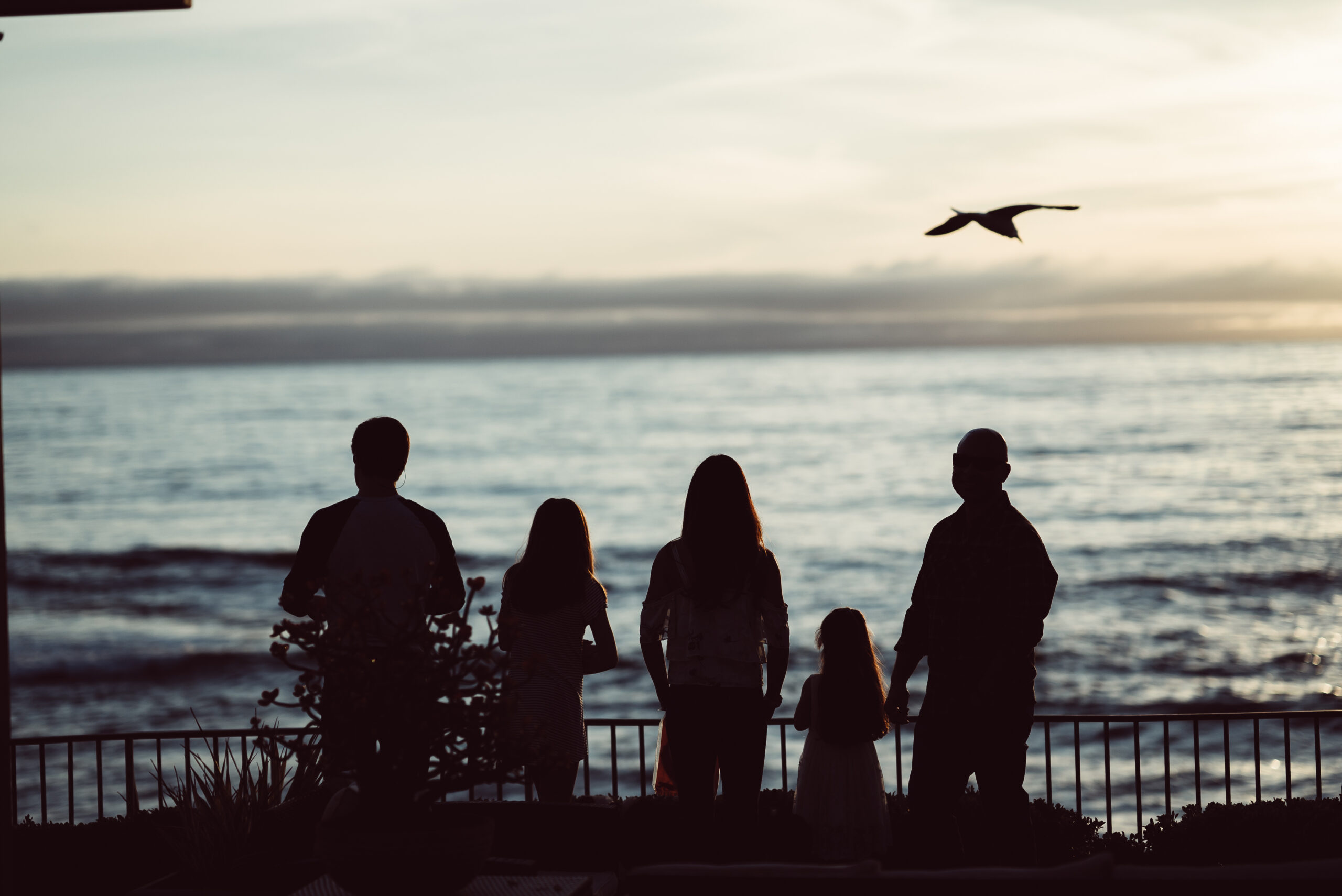What to do during an earthquake: Here’s what the experts say
Mar 18, 2020, 12:49 PM | Updated: 2:00 pm
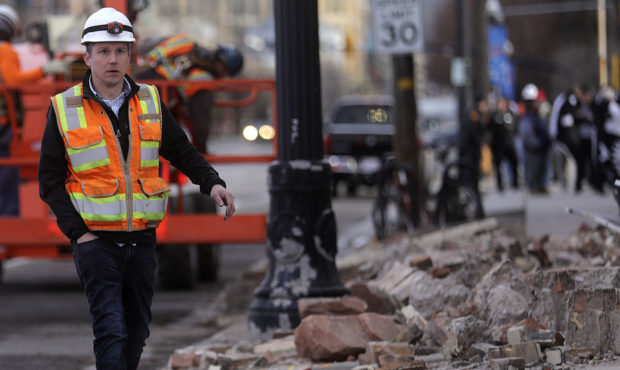
A worker walks by debris from a building on the corner of 400 West and 500 South in Salt Lake City after a 5.7 magnitude earthquake centered in Magna hit early on Wednesday, March 18, 2020. (Kristin Murphy, KSL)
(Kristin Murphy, KSL)
SALT LAKE CITY — A 5.7 magnitude earthquake rocked much of northern Utah shortly after 7 a.m. Wednesday — which was the first major earthquake experienced for many Utahns.
Nationally-renowned seismologist Dr. Lucy Jones joined KSL NewsRadio’s Dave and Dujanovic to discuss what happened this morning, and what we should do when the next earthquake shakes things up.
Is this a foreshock?
The short answer from Dr. Jones is: We don’t know.
“I’ve spent a couple of decades researching foreshocks and trying to find something that would discriminate them from other earthquakes,” Jones told KSL NewsRadio’s Dave and Dujanovic. “And we never found it.”
Jones said the probability of a bigger earthquake coming after the initial shaking deteriorates with time.
“What I can do is give you the statistics, and it happens about 6% of the time,” she continued.
Does this increase the chance of “the big one?”
Dr. Jones said it definitely doesn’t alleviate it.
“You’ve basically broken a small part of the Wasatch fault, and that stresses everything around it,” she said. “So for the next couple of days, you’ve got this heightened probability.”
Jones says that over the next few days the probability of another earthquake coming is increased, but that it’s still only around 1%.
“We desperately want to know the time of ‘the big one’ but as far as we can tell, they are random, at least compared to human timescales,” she said. “Human beings hate that, but unfortunately that’s the way nature often works. ”
What to do during an earthquake
Much of the old conventional wisdom with what to do during an earthquake — like run outside or stand in a doorway — isn’t actually the safest thing to do.
Dr. Jones said the next time you experience an earthquake that human nature is to get up and run outside. But that’s the wrong thing to do.
Do not run outside.
“That’s a really bad instinct because that puts you in the path of all those falling bricks and it’s very clear that that is the way a lot of people die.”
She said if you feel another earthquake, the best thing to do is to get under a sturdy table. We call it: Drop, cover and hold on.
“The evidence is squarely quite clear that getting under that table is a better thing to do.”
This is something that also true even if you are in a large high rise building.
“Our experience here in California is that the single largest source of injury in our earthquakes is people trying to run in the earthquake. We see broken legs, we see sprained ankles all because they’re thrown to the ground as they’re trying to run,” she said. “When it happens during the middle of the night, and people are in bed and want to jump up and run away, then you run into the issue that they’re running through broken glass.”
Joe Dougherty, a spokesman with the Utah Division of Emergency Management, says if your home starts shaking while you’re in bed it might be the safest place to be.
“If you’re in bed, stay in bed,” he said. “That’s one of the safest places for you. Cover yourself with your pillow, your blankets, just to make sure your head and neck are covered.”
After everything is done shaking, Dougherty said you should get up and reevaluate your situation: make sure that you’re okay and be aware of any heavy shelving or picture frames, any decorations that could fall and injure you.
See Also:
There’s an earthquake — what do you do now?
Damage reported in Salt Lake City after 5.7 magnitude Magna earthquake
Aftermath
Dr. Lucy Jones says that one of the most important things to watch out for following any major earthquake is unreinforced masonry.
According to Be Ready Utah manager Wade Mathews, Utah has about 147,000 unreinforced masonry buildings — many of which are homes.
“We can tell what buildings are likely to fall down during an earthquake, and brick buildings where the brick is holding up the roof those are the most dangerous type, and you [in Utah] have a lot of them,” Jones said.
“So people who live in those sorts of buildings need to be aware that for the next couple of days, you’ve got a significantly increased chance of your building coming down as well.”
Takeaway
“One piece of advice. When you feel the next time shaking, which you’re probably going to do — because you’re probably going to have some sort of aftershocks — practice that drop, cover, hold on, and as you go forward, teach your kids to do that,” she said. “Teach them how to do it at home, remind them that’s the right thing.”
Another thing to do Jones says is to start that discussion with your engineers about what you want to do about your known bad buildings.
Hear the full conversation.
Dave and Dujanovic can be heard on KSL NewsRadio from 9 a.m. to 11 a.m. Monday-Thursday at 102.7 FM and streaming on kslnewsradio.com
Earthquake preparedness
Utah is “Earthquake Country,” meaning the state is susceptible to earthquakes, especially along the Wasatch Front. It’s important to prepare yourself and your family for an earthquake. Here are some basic tips on earthquake preparedness:
Before an Earthquake
- Move or secure objects that could fall and hurt you
- Identify your building’s potential weaknesses and begin to fix them
- Create a disaster-preparedness plan and have disaster supply kits ready
During an Earthquake
- Seek cover under sturdy furniture or doorways. As things move, hold on, and move with it.
- Move away from windows and objects that could fall
- Move against a wall in the interior of the building, cover and protect yourself


